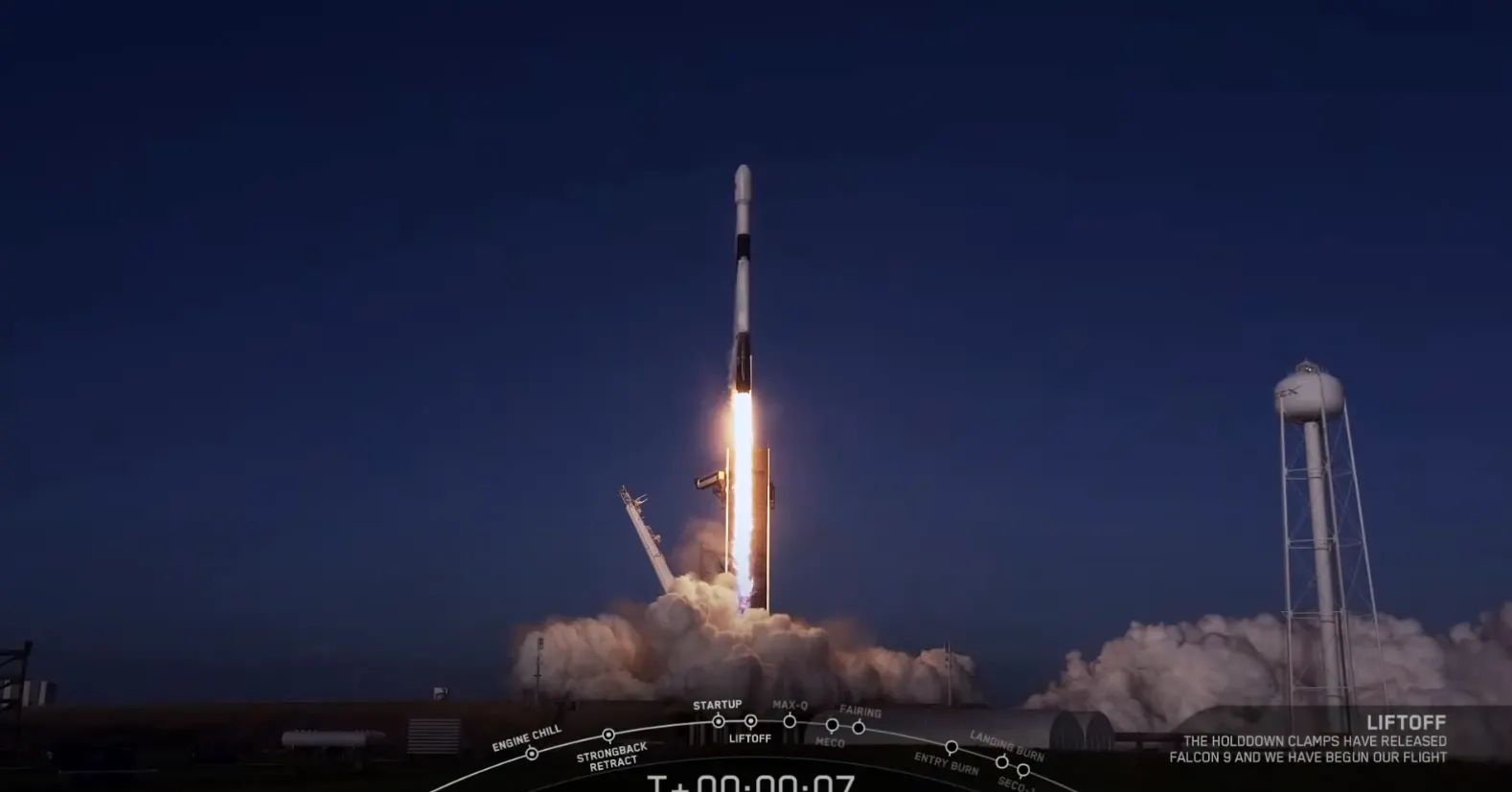For the first time, crew aboard a SpaceX mission in space will step out of their vehicle while it is hundreds of miles above Earth, a threshold only government-funded space agencies have previously crossed.
SpaceX is preparing its next mission aimed at studying the effects of deep space on the human body with the launch of the Polaris Dawn mission on August 27, the aerospace company said on Wednesday in a post on X (aka Twitter).
“This will be the first spacewalk by a commercial company and the furthest from Earth anyone has traveled in over half a century,” SpaceX founder Elon Musk wrote on Twitter.
According to SpaceX, Polaris Dawn—a part of its broader Polaris Program—will launch on a SpaceX Falcon 9 reusable rocket from the U.S. Space Force Base at Cape Canaveral in Florida. The Dragon spacecraft and the Polaris Dawn crew will spend five days in orbit, during which they will conduct research in addition to stepping into space.
The spacewalk will take place 700 kilometers (about 435 miles) above the Earth, over 200 miles higher than the International Space Station, which orbits the Earth at approximately 400 kilometers (250 miles).
The four-person crew, made up of two men and two women, includes Mission Commander Jared Isaacman, Mission Pilot Scott Poteet, Mission Specialist Sarah Gillis, and Mission Specialist and Medical Officer Anna Menon.
“Quarantine life means adjusting to our new sleep schedule, research, procedure review & staying sharp as we prep for dry dress & static fire,” Isaacman said on Twitter, noting the training for the mission. “We occasionally get flight time.”
The Polaris Dawn Mission was initially planned for August 26 but was postponed to allow additional time for teams to complete preflight checks, SpaceX explained in a follow-up post.
SpaceX’s first spacewalk will also test how the company’s spacesuits handle exposure to the vacuum of space. Until now, spacewalks were conducted by space agencies such as the U.S. National Aeronautics and Space Administration (NASA), the European Space Agency (ESA), and the Russian Federal Space Agency.
As SpaceX explained, the new Extravehicular Activity (EVA) suit the astronauts will wear for their spacewalk is the next iteration of its original Intravehicular Activity (IVA) suit.
“The EVA suit provides greater mobility, a state-of-the-art helmet heads-up display (HUD) and camera, new thermal management textiles, and materials borrowed from Falcon’s interstage and Dragon’s trunk,” SpaceX said.
SpaceX did not respond to a request for comment from Decrypt.
One of the research projects the Polaris Dawn mission will conduct is the test of Starlink laser-based communications in space, which the company said will provide valuable data for future missions to the Moon, Mars, and beyond.
Musk has long championed the idea of humans colonizing other worlds as a way to make sure the human race survives into the future. In his quest to make humanity a multiplanet species, in July, Musk floated the idea of using his own DNA to birth the first generation of Martians.
“The key thing is that we need enough people and enough tonnage on Mars such that Mars can survive and continue consciousness even if something would have happened to Earth,” Musk said during a SpaceX Starbase event in April. “But there are certain things that may be outside of our control so we want just to get to Mars to be a self-sustaining civilization as quickly as possible.”
Edited by Ryan Ozawa.
Generally Intelligent Newsletter
A weekly AI journey narrated by Gen, a generative AI model.

